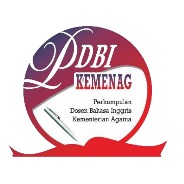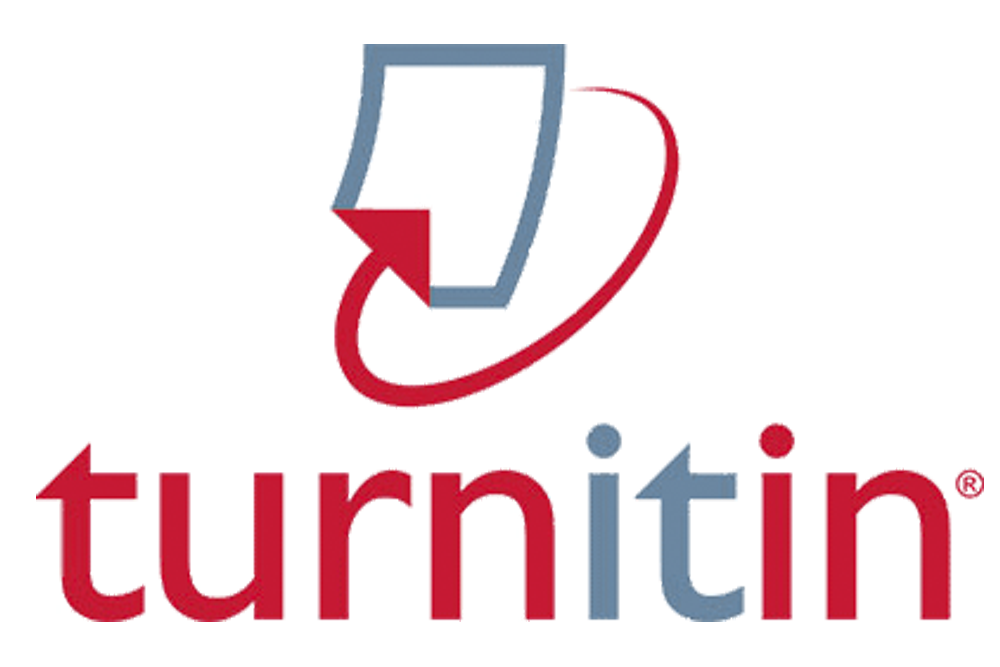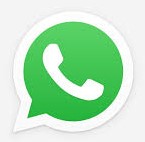The Impact of Audio-Visual Aids on Learning English among MSU Third-Year Students
Abstract
This study investigates the efficacy of audio-visual technologies in assisting MSU third-year students in learning English vocabulary. The interplay of audio-visual aids in educational conversations has been researched from a variety of perspectives (Tuovinen, 2000). Multimedia is a multimodal experience in which information is communicated through text, graphics, pictures, audio, and video. It has been demonstrated that a combination of words and images always carries a substantial quantity of information (Mayer, 2018: 55). The use of multimedia in teaching and learning. The goal of this research is to determine the efficiency of audiovisual aids in the learning of English vocabulary among MSU third-year students. The use of multimedia in instruction and learning threatens the foundations of higher education. The current study investigates how third-year students at Malaysia's Management and Science University use multimedia in their English studies (MSU). To fulfill the study's aims, the researchers used both a qualitative and quantitative approach. An online poll of 200 students enrolled in the Bachelor of English as a second language program was used to construct the study corpus (BTESL). In addition, 150 MSU students from the same program were polled. The study's findings indicate that multimedia inspires BTESL students to learn English creatively and engagingly. It also aroused students' attention and compelled them to learn new terms. Multimedia, according to the study, is an excellent tool for third-year English students. It also helps students enhance their understanding of correct terminology and language.
Keywords
Full Text:
PDFReferences
Apriani, E. (2016). A New Literacy: The role of technology to develop students character. Ta'dib: Journal of Islamic Education (Jurnal Pendidikan Islam), 21(1), 59-72.
Al-Saggaf, M. A., Al-Aqad, M. H., & Govindasamy, V. (2020). The Key Factors Affecting English Reading Comprehension Among Malaysian Students. Psychology and Education Journal, 57(9), 2496-2503.
Apriani, E., & Hidayah, J. (2019). The ICT Used by the English Lecturers for Non-English Study Program Students at IAIN Curup. Vision: Journal for Language and Foreign Language Learning, 8(1), 26-37.
Bikowski, D., & Vithanage, R. (2016). Effects of web-based Collaborative writing on individual L2 writing development, Language Learning & Technology, 20(1),79-99,Bladerunner,(2009,December 14).Funny Construction Accidents.
Bird, J. and Edwards, S (2014) Children learning to use technologies through play: A Digital Play Framework. British Journal of Educational Technology; 46:1149-1160, doi: 10.1111/bjet.12191
Carisma, D. (2009) Teaching reading strategies and reading comprehension within a technology- enhanced learning environment.
Conole, G. (2013), Designing for learning in an open world, springer, New York.
Dylan, Sung. (2012) Perception of Using Online Technology in Language Education: An interview study with Taiwanese University Students.
Elmagzoub, A. (2015) For Effective use of multimedia in Education, Teachers Must Develop Their Own Educational Multimedia Applications.
Fathurrochman, I., & Apriani, E. (2017). Pendidikan Karakter Prespektif Pendidikan Islam dalam Upaya Deradikalisasi Paham Radikal. Potensia: Jurnal Kependidikan Islam, 3(1), 122.
Helaluddin, H., Al Aqad, M. H., Wijaya, H., Anwar, J., Nadya, N. L., & Syafryadin, S. (2021). Development and Validation of Academic Writing Textbook Based on Process Genre Approach for University Students. AL-ISHLAH: Jurnal Pendidikan, 13(2), 1068-1079.
Gill, s.k & Kirkpatrick, A (2013) English in Asian & European Higher Education-Inc.A Chappelle (EU).The Encyclopaedian of Applied Linguistic
Gulcin. (2009) New trends in 21st Century English Learning.
Gusmuliana, P., Apriani, E., & Karolina, A. (2020). Islamic fefac as an interesting learning media to improve students’english ability and develop their character values in man rejang lebong. Jurnal Inovasi Pengabdian Masyarakat Pendidikan, 1(1), 36-44.
Jonitha, E, and Greany, F. (2002) Students Perception on Language Learning in a Technological environment: Implications for the new millennium.
Kendiani, S. D. (2020). The Islamic Characters in Teaching English. Journal of English Education and Teaching, 4(3), 431-448.
Lumturie, A. (2016) The Role of Video Material in EFL classroom.
Mayer. R & Moreno, RE. (2000) A Coherence Effect in Multimedia Learning Journal of Educational Psychology.
Mayer. R, (2005), “Cognitive theory of multimedia learning, Mayer R (ed), Cambridge handbook of multimedia learning. 2nd,ed New York : Cambridge University Press p169-182
Rudchoff, R. & Markus, R. (2010) Technology Enhanced Language Learning Construction of Knowledge and Template, Germany.
Shu, Ching. (2006) Technology Enhanced language learning; A case study
Shahzad, A. (2012) The Sample Thesis on Education Analysis of The Problem in Speaking English.
Xiannong, J. (2017). Study on Effective Using of Multimedia Teaching System and Enhancing Teaching Effect. China.
Tuovinen, J. E. (2000). Multimedia distance education interactions. Educational Media International, 37(1), 16-24.
DOI: http://dx.doi.org/10.29240/ef.v5i2.3329
Refbacks
- There are currently no refbacks.
Copyright (c) 2021 Mohammed H. Al Aqad

This work is licensed under a Creative Commons Attribution-NonCommercial-ShareAlike 4.0 International License.
INDEXED BY:
 This work is licensed under a Creative Commons Attribution-NonCommercial-ShareAlike 4.0 International License
This work is licensed under a Creative Commons Attribution-NonCommercial-ShareAlike 4.0 International License
@ ENGLISH FRANCA : Academic Journal of English Language and Education
Jl. Dr. AK Gani No 1 Dusun Curup, Rejang Lebong Regency, Bengkulu Province, Indonesia, 39119.
Dr. Eka Apriani, M.Pd., email: efranca@iaincurup.ac.id, eka.apriani@iaincurup.ac.id.




.png)












